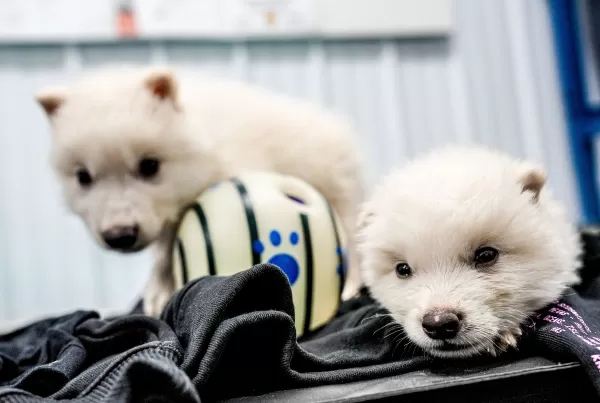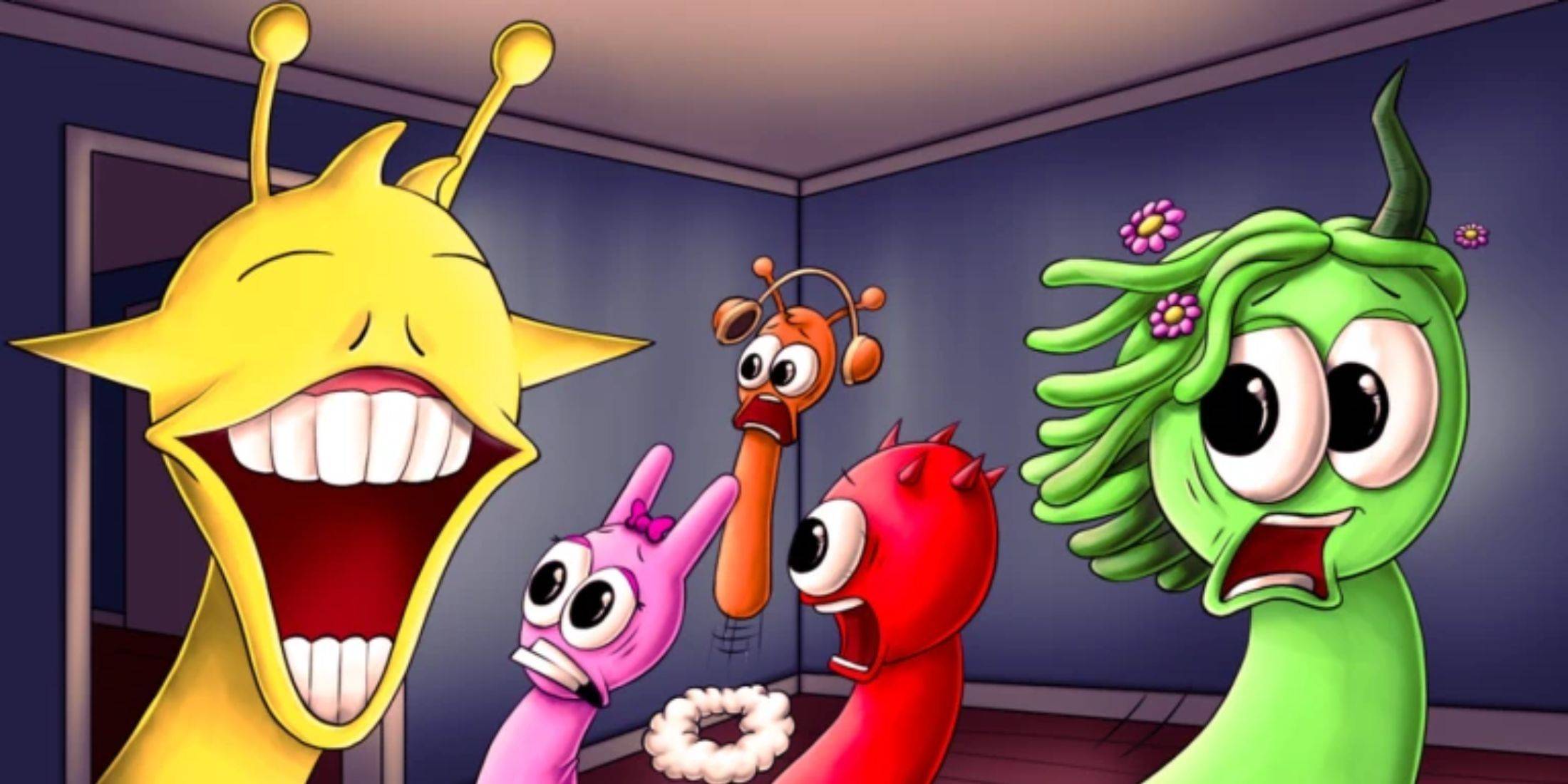Bringing a super-sized canine back from extinction after 12,500 years might sound like the plot of a thrilling movie complete with dramatic special effects, but it's a reality thanks to the efforts of Colossal Biosciences. This biotech company has successfully reintroduced three dire wolves into the world, now residing in a secret location in the US.

The trio, named Romulus, Remus, and their younger sister Khaleesi, were brought to life using DNA from the common gray wolf, advanced gene-editing techniques, and domestic dog surrogates. These majestic creatures, huge, white, and awe-inspiring, embody the dreams of any Game of Thrones enthusiast.
Ben Lamm, CEO of Colossal Biosciences, expressed immense pride in his team's achievement. "This massive milestone is the first of many coming examples demonstrating that our end-to-end de-extinction technology stack works," he stated. The team successfully utilized DNA from a 13,000-year-old tooth and a 72,000-year-old skull to create healthy dire wolf puppies. Lamm emphasized the magical aspect of their advanced technology, underscoring its broader impact on conservation efforts.

Colossal Biosciences is no stranger to the headlines, having previously engineered a "Colossal Woolly Mouse" to mimic the mammoth's phenotype. This was achieved through the computational analysis of numerous mammoth genomes spanning thousands of years. Critics, however, argue that these dire wolves are merely normal wolves in elaborate disguises, suggesting that the available dire wolf DNA isn't sufficient for a true genetic clone.
Yet, the company's ambitions extend beyond creating social media sensations or unique pets. Colossal Biosciences aims to leverage its findings to safeguard contemporary species for future generations. Dr. Christopher Mason, a scientific advisor and board member, highlighted the transformative potential of de-extinction. "The same technologies that created the dire wolf can directly help save a variety of other endangered animals as well," he noted, praising the technological leap in genetic engineering for both science and conservation.
The dire wolves themselves are well-cared for, living on a 2,000+ acre preserve that has been vetted by the American Humane Society and the USDA. With a dedicated team ensuring their well-being, these dire wolves are not just scientific marvels but also symbols of hope for the future of biodiversity.








![Taffy Tales [v1.07.3a]](https://imgs.xfsxw.com/uploads/32/1719554710667e529623764.jpg)











